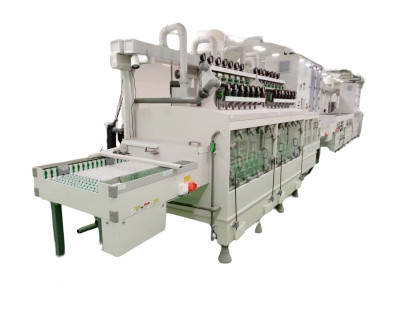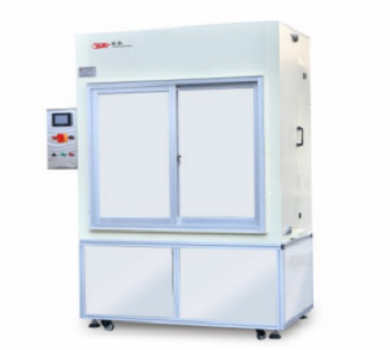The reason for PCB surface blistering is actually the problem of poor adhesion of the board surface:
PCB blistering is caused by the copper plating process in the production process of circuit boards, and is also one of the common quality defects. Due to the complexity of circuit board production process and process maintenance, especially in the chemical wet treatment process, it is difficult to prevent surface blistering defects. The reason for PCB surface blistering is actually the problem of poor adhesion, which can also be said to be a surface quality issue of the board surface; Reasons for blistering on the surface of copper plated circuit boards:
1.Micro corrosion in the pre-treatment of PCB circuit board copper deposition and graphic electroplating. Excessive micro corrosion can cause substrate leakage at the orifice and cause blistering around the orifice; Insufficient micro etching can also lead to insufficient bonding force, leading to foaming phenomenon. Therefore, it is necessary to strengthen the control of micro etching; In addition, the copper content, bath temperature, loading capacity, and micro etchant content of the micro etching tank are all items that need to be noted.
2.The activity of PCB copper precipitation solution is too strong, and the content of the three major components in the new cylinder or tank solution is too high, especially the copper content. This can cause the tank solution to have too strong activity, resulting in rough chemical copper deposition, excessive inclusion of hydrogen gas, cuprous oxide, and other impurities in the chemical copper layer, resulting in a decrease in the physical quality of the coating and poor adhesion. The following methods can be adopted to reduce the copper content, including adding pure water to the tank solution Properly increase the content of complexing agents and stabilizers, and appropriately reduce the temperature of the tank solution.
3.The PCB board surface undergoes oxidation during the production process, such as the oxidation of the copper plate in the air, which may not only result in no copper in the hole, rough board surface, but also cause blistering on the board surface; If the copper plate is stored in acid solution for too long, the surface of the plate will also undergo oxidation, and this oxide film is difficult to remove; Therefore, during the production process, the copper plate should be thickened in a timely manner and should not be stored for too long. Generally, the thickened copper plating should be completed within 12 hours at the latest.
4.PCB copper sinking rework is poor. Some reworked boards with copper sinking or graphics may experience blistering during the rework process due to poor plating, incorrect rework methods, or improper control of micro etching time during the rework process, or other reasons. If copper sinking defects are found online during the rework of copper sinking boards, they can be directly removed from the line through water washing and acid washing without micro etching.
5.Insufficient water washing after development, prolonged storage time after development, or excessive dust in the workshop during PCB graphic transfer can lead to poor surface cleanliness and fiber treatment efficiency
Slightly poor results may cause potential quality issues.
6.Before PCB copper plating, the pickling tank should be replaced in a timely manner. If there is too much pollution in the tank liquid or the copper content is too high, it will not only cause problems with the cleanliness of the board surface, but also cause rough board surface
Roughness and other defects.
7.Organic pollution, especially oil stains, is more likely to occur in PCB electroplating tanks for automatic lines.
8.In winter, it is important to pay attention to the electrification of printed circuit board manufacturers during the production process, especially for plating tanks with air stirring, such as copper and nickel. For nickel cylinders, it is best to add warm water to wash the tank before nickel plating in winter (with a water temperature of around 30-40 degrees Celsius) to ensure that the initial deposition of the nickel layer is dense and good.
In the actual production process, there are many reasons for PCB board surface blistering. Different printed circuit board factories may have different reasons for blistering due to different technical levels of equipment. The specific situation needs to be analyzed in detail and cannot be generalized. The above analysis of the reasons does not distinguish between primary and secondary importance, but basically follows the production process flow for a brief analysis, only providing a direction for problem-solving and a broader perspective, I hope it can play a substantive role in everyone’s process production and problem solving.





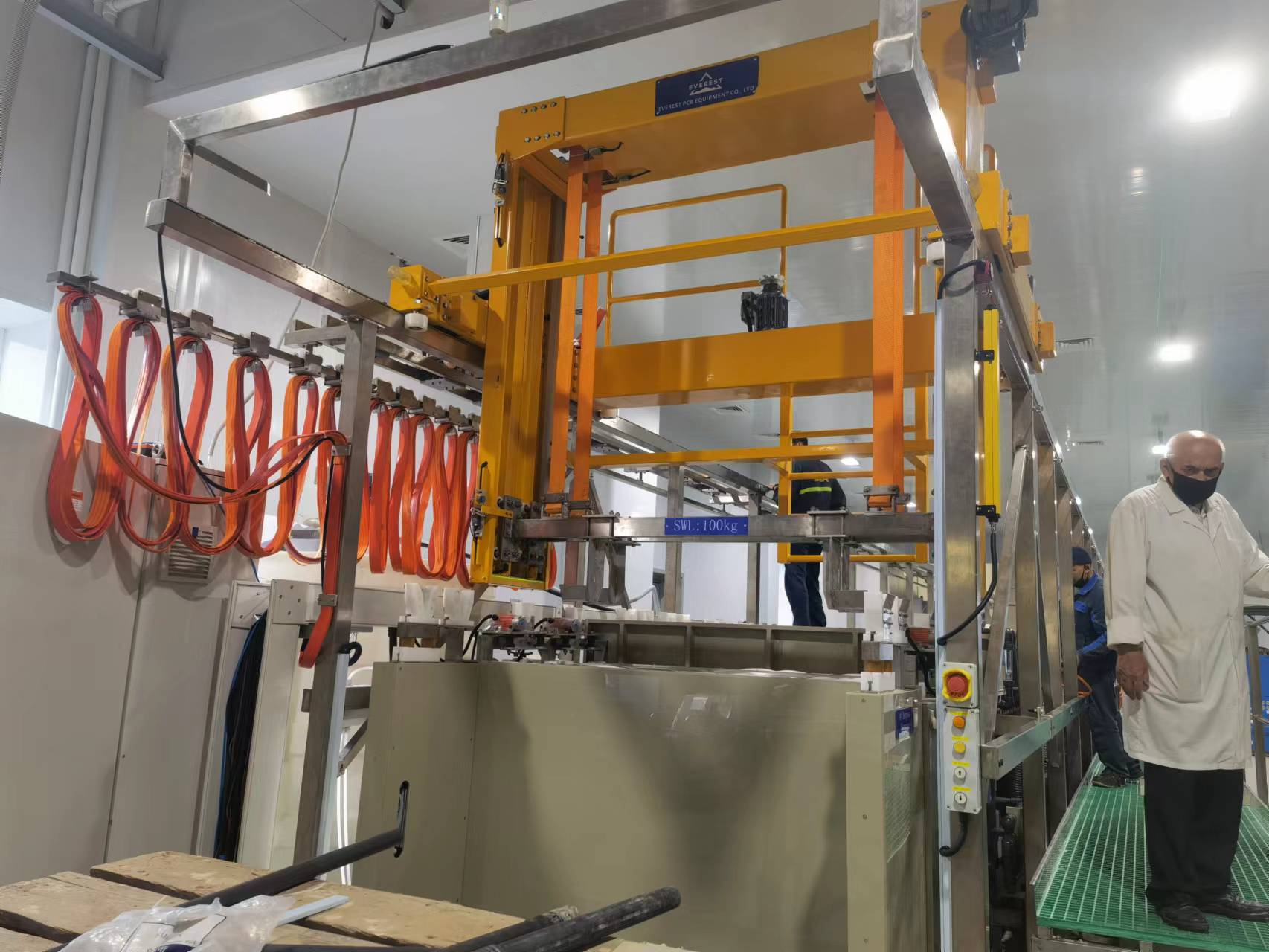
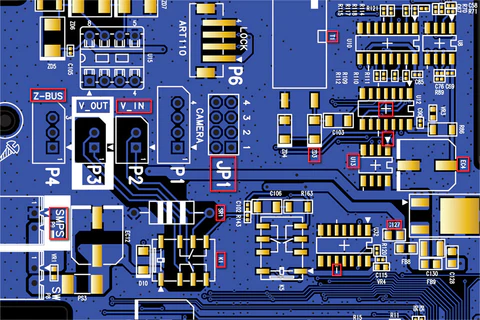
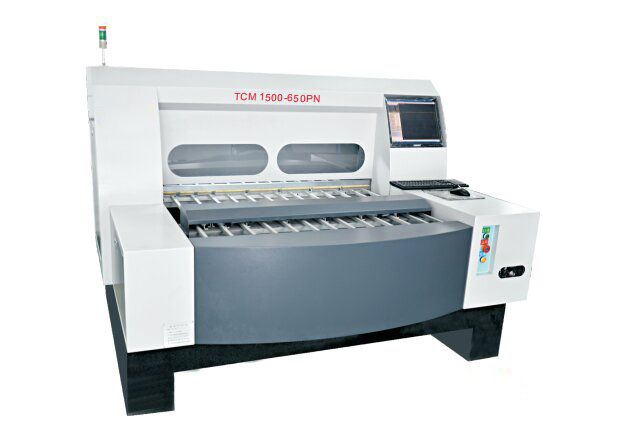
 Nov. 05, 2021
Nov. 05, 2021 